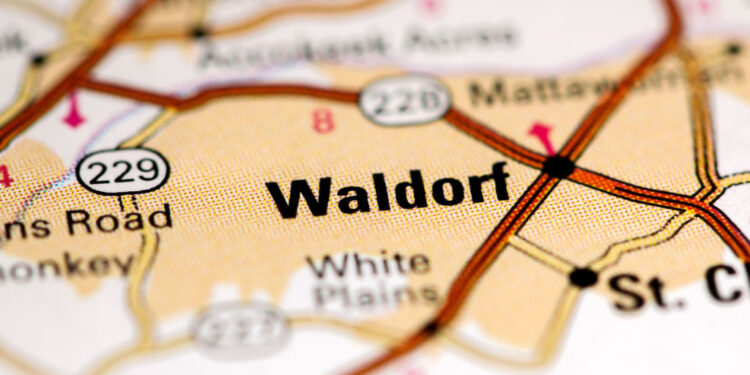No, this article is not about the Waldorf school, but about the biggest unincorporated community and census-designated place nestled in the rolling landscape of Charles County, Maryland. First known as Beantown, then renamed Waldorf in 1880, this community has always forged its own path, forever yearning for closer ties to the bustling heart of the nation, Washington, DC. While geographically only 23 miles away, Waldorf has etched a unique identity, thriving as a distinct entity in the ever-expanding tapestry of the Washington metro area.
The story of the city of Waldorf MD begins at the farmlands, where tobacco once reigned supreme. Waldorf’s journey showcases the story of a community that thrived on farms, adapted to suburban expansion, and shaped its own unique identity. Today, demonstrating this heritage, Waldorf boasts a dynamic blend of residential neighborhoods, commercial centers, and a welcoming atmosphere that attracts people looking to live in the bustling aura of The District.
How did we get here?

Waldorf, Maryland, is not your ordinary place. The census-designated community sits about 23 miles south-southeast of Washington, D.C. With a population of almost 80,000 residents in 2023, Waldorf has experienced quite a growth spurt. In fact, its population has multiplied 16 times since 1980, when it had fewer than 5,000 residents. Today, Waldorf is the largest commercial and residential area in Southern Maryland while also serving as an idylic suburb within the Washington metro area. It’s a place where history, rural charm, and a touch of urban flair come together seamlessly.
But how did it all start? Before taking a look at the community in the present, let’s take a journey back in time to see what lies at the foundation of the Waldorf we know today.
Early history
The area known as Waldorf today was originally inhabited by Native American tribes. The Piscataway people lived along the Potomac River. European settlers began to arrive in the region in the 17th century, and the county was officially established in 1658. The establishment of the county marked a significant milestone in the region’s history. The country’s foundation laid the groundwork for the subsequent growth and development of Waldorf and other communities within its borders. Charles County was named after Charles Calvert, the third Lord Baltimore and the founder of the Maryland colony.
Waldorf’s rural character and agriculture
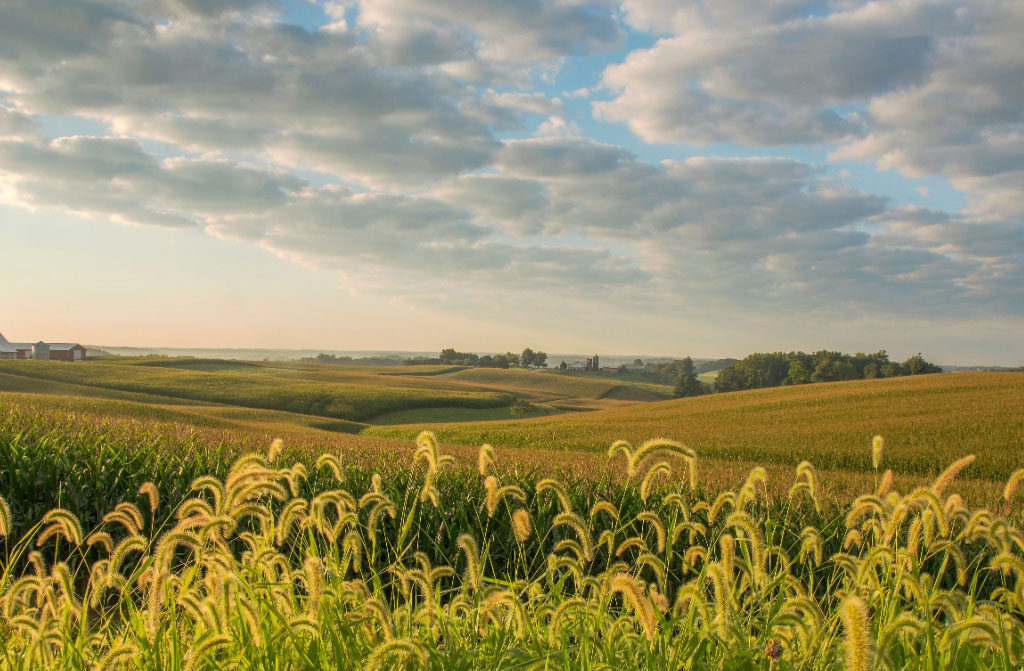
Waldorf remained primarily rural and agrarian for much of its history. The fertile soil and favorable climate in the region made it suitable for agriculture, particularly tobacco farming. The local economy relied heavily on farming, with tobacco being the primary cash crop. Waldorf has its own history of transformations from farmlands to modern neighborhoods. Many small family farms dotted the landscape, and the community had a distinctly rural character. Some of its charm can still be felt today.
Development and the name of Waldorf
Waldorf’s development began in the late 19th century when the Baltimore and Potomac Railroad was extended through the area. The railroad played a crucial role in the growth and economic development of the region.
Around the same time, the community was known as Beantown, named after a local family. However, in 1880 the name was changed to “Waldorf” in honor of William Waldorf Astor, a wealthy New York Businessman. The construction of the Waldorf Hotel in New York City greatly influenced the decision to change the community’s name. The hotel built by William Waldorf Astor was a luxurious establishment that became renowned for its opulence and high society guests. The decision to name the community after Astor’s hotel was a marketing strategy aimed at attracting attention and investment to the area.
Waldorf, the gambling destination
Waldorf isn’t just about farming and rural charm. Waldorf has a piece of history that is about the excitement of getting rich fast. In 1949, after legalizing slot machines, Charles County embraced the allure of gaming and became a hotbed for gambling establishments. Waldorf, with its proximity to Washington D.C., became a prime location for underground casinos and slot machine operations. These attracted a diverse crowd, from politicians to celebrities seeking a thrilling getaway. However, with the crackdown on illegal gambling in 1968, the gambling era came to an end.
The shift toward suburban development
In the mid-20th century, the expansion of the Washington D.C. metropolitan area and the construction of new highways led to significant changes in Waldorf. Its proximity to the nation’s capital made it an attractive location for commuters looking for more affordable cost of living and housing options outside the city. The demand for suburban housing increased, and Waldorf experienced substantial residential and commercial development.
Waldorf today

Waldorf has turned into a bustling community with a diverse population. It has seen rapid growth and development, with numerous residential neighborhoods, shopping centers, and business establishments. The proximity to Washington D.C. allows for a fast commute, while housing prices are lower than in the big city. If you’re considering relocation, local realtors in Waldorf MD can help you with accurate information on prices or other real estate-related inquiries. The Saint Charles Towne Center, a large shopping mall, serves as a major retail hub for the area. The community offers a range of amenities, including schools, parks, and recreational facilities.
Historic attractions in Waldorf, MD
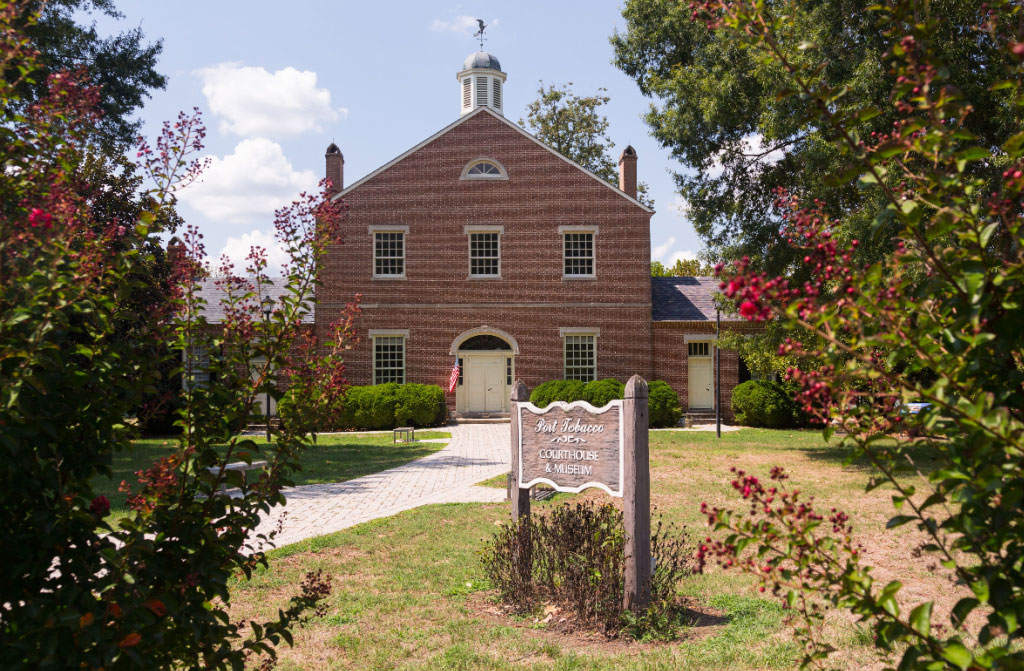
While Waldorf, Maryland, may be known more for its modern amenities and suburban lifestyle, there are several historic attractions in and around the area that offer glimpses into the area’s past. These historic attractions provide great opportunities to delve into the stories and heritage of the region surrounding Waldorf. There’s much to uncover for curious visitors here, so history buffs, here’s what to explore in the area!
Located a 10 min ride from Waldorf, the Dr. Samuel A. Mudd House Museum is a preserved historic site where Dr. Mudd resided. He was the doctor who treated John Wilkes Booth, who fled to Waldorf after the assassination of President Abraham Lincoln. Visitors can explore the house, view period artifacts, and learn about the events surrounding this significant chapter in American history.
Thomas Stone National Historic Site
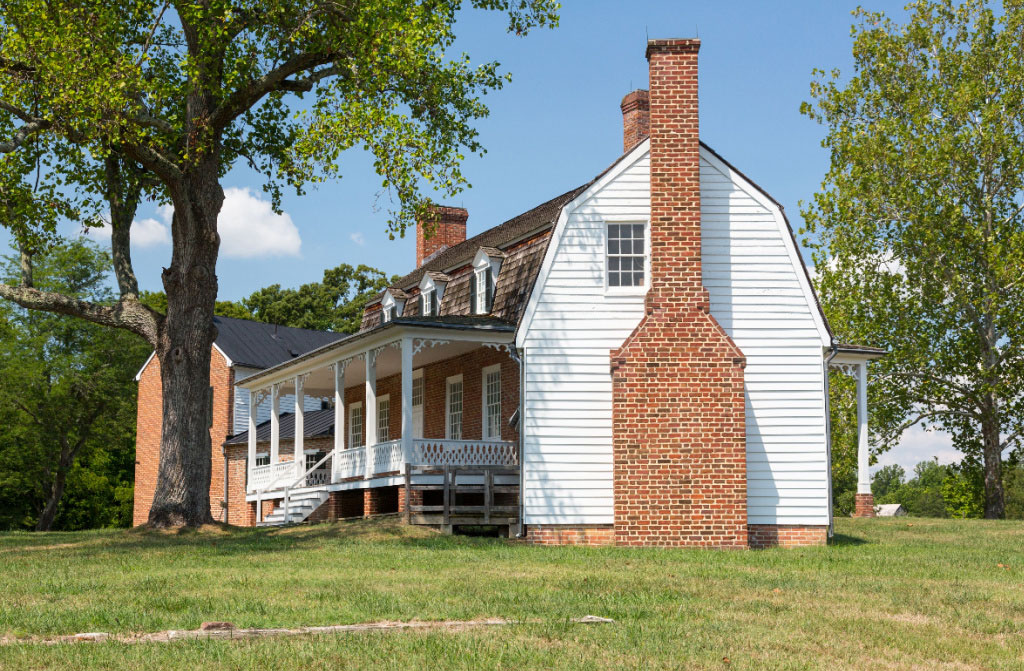
This attraction is situated approximately 13 miles southwest of Waldorf in Port Tobacco. The Thomas Stone National Historic Site pays homage to Thomas Stone, one of Maryland’s signers of the Declaration of Independence. The site includes his home called “Haberdeventure,” which is open for guided tours, as well as exhibits and interpretive programs that shed light on Stone’s life and contributions.
Historic Port Tobacco Village
Visiting Port Tobacco Village offers a glimpse into the colonial past of Maryland. This former bustling port town was once the seat of Charles County, keeping a piece of its historic charm to this day. Visitors can explore preserved buildings, including Stagg Hall, Port Tobacco Courthouse, and the Burch House, which provide insight into the region’s early days.
Mount Carmel Monastery
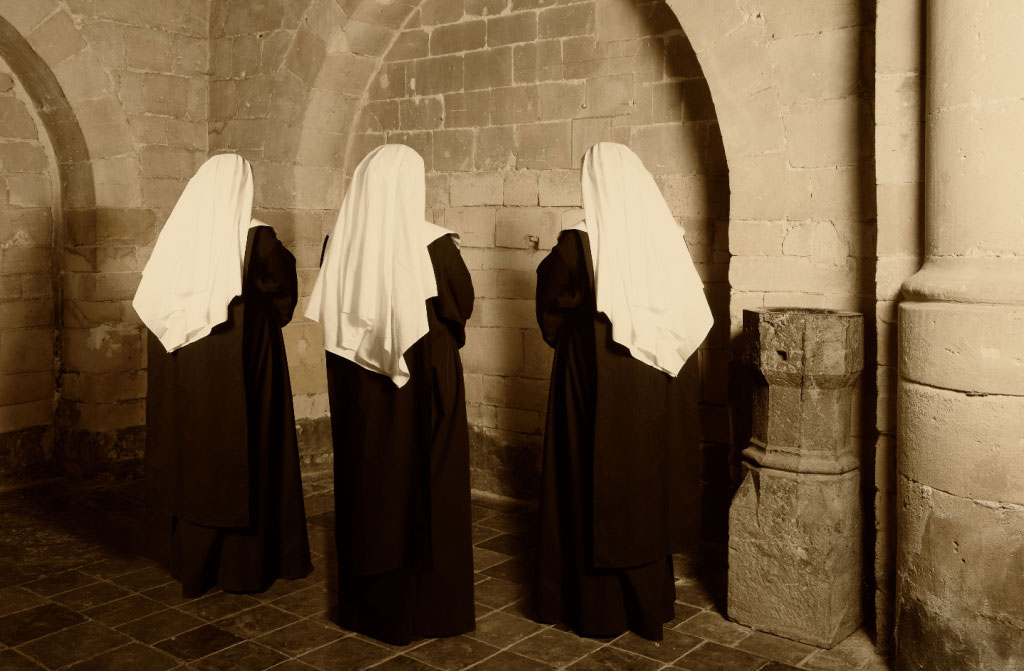
Located in La Plata, a neighboring town of Waldorf, the Mount Carmel Monastery is a serene religious site with historical significance. It is home to the Carmelite Sisters for the Aged and Infirm. The attraction features beautiful architecture, peaceful gardens, and a rich spiritual atmosphere.
Smallwood State Park
Situated on Mattawoman Creek, Smallwood State Park is just a short drive from Waldorf. The park offers more than just natural beauty. It also houses the General Smallwood Plantation, a National Historic Landmark, and the former home of General William Smallwood, a Revolutionary War hero. Visitors can tour the plantation house, explore the grounds, and learn about the history of the site.
Conclusion
From its early agricultural roots to its transformation into a suburban community, Waldorf has evolved significantly throughout its history. It began as a humble rural area where tobacco farming used to be at the center of all activities. The story of Waldorf is a colorful one, which has everything a community history needs, including a thrilling episode of gambling. The influence of transportation, economic opportunities, and urbanization have shaped its development and transformed Waldorf into a large suburban community everyone knows about. Waldorf is also known as “the largest bedroom community in Maryland,” pointing out the residential specifics of the area. Today, Waldorf is a thriving community that continues to attract residents who appreciate its convenient location, amenities, and laid-back suburban lifestyle.


